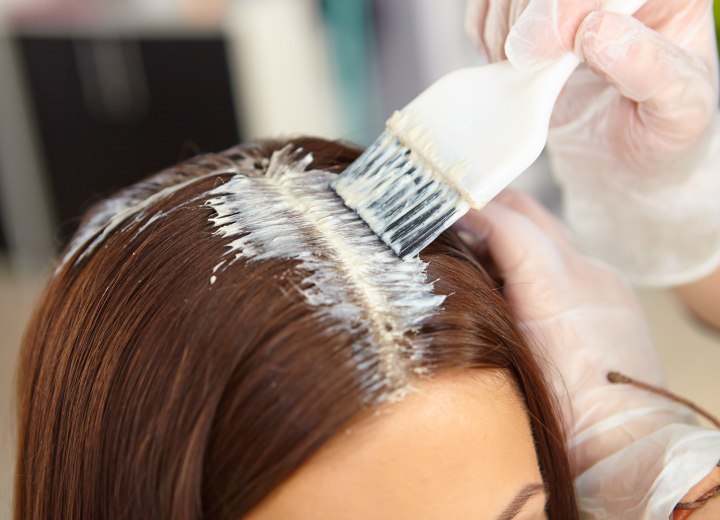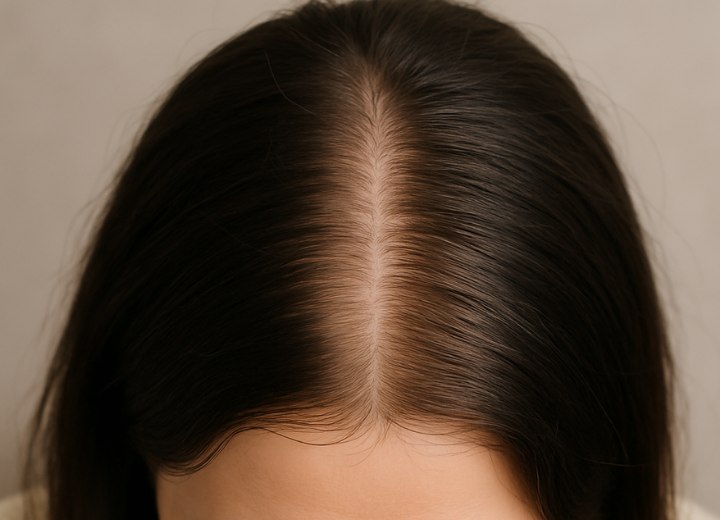Roots Coming Out Lighter

What the heck is going on? This has become really obvious and frustrating, and I can't figure out what's changed. I'm still using the same color range as always and haven't switched up my routine at all. Can you help me understand what might be causing this problem?
A: Thanks for your question about your hair coloring concerns. This is actually a fairly common issue that many people encounter after coloring their hair for an extended period, and there are several potential explanations worth exploring.
Possibility 1: Your natural new growth is lighter than before
If you're noticing that your natural hair growing in at the roots is naturally lighter than it used to be before applying any dye, this is likely related to the natural aging process. As we get older, our hair follicles gradually produce less melanin (the pigment that gives hair its color). This reduction in pigment production causes hair to grow in lighter than it did previously.
This change is usually so gradual that most people don't notice it happening from day to day. It's only when we maintain a consistent hair color through regular dyeing that the contrast between our new natural shade and our colored hair becomes apparent. This is actually the same process that eventually leads to gray hair, but just at an earlier stage when the follicles are producing less pigment rather than none at all.

If you're finding that the same hair dye is now producing a lighter result on your roots than on the rest of your hair (when it didn't before), several factors could be at play:
• Heat from your scalp: Your scalp naturally emits heat, which can accelerate the chemical reaction of hair dye near the roots. This "hot roots" effect can cause the color to develop faster or more intensely in that area, potentially resulting in a lighter shade.
• Changes in hair texture: As we age, our hair texture often becomes finer. Finer hair is more porous and absorbs color differently than thicker hair. Even a relatively gentle developer can lift your natural color more easily when applied to fine hair at the scalp.
• Product buildup: Years of coloring can create product buildup on the mid-lengths and ends of your hair. This buildup might cause those sections to grab color differently than your fresh roots, creating an uneven appearance.
• Hormonal changes: Hormonal fluctuations can affect how your hair responds to color treatments.
Hair coloring chemistry is complex and highly individual. What works perfectly for years can suddenly need adjustment as our hair and bodies change. Don't be discouraged. With some troubleshooting and possibly professional guidance, you can achieve more consistent color results again.
If this problem persists despite your best efforts, I'd definitely recommend scheduling an appointment with a hairdresser who can examine your hair in person and provide customized advice based on your specific hair condition and coloring history.
©Hairfinder.com
See also: Hair and the older woman